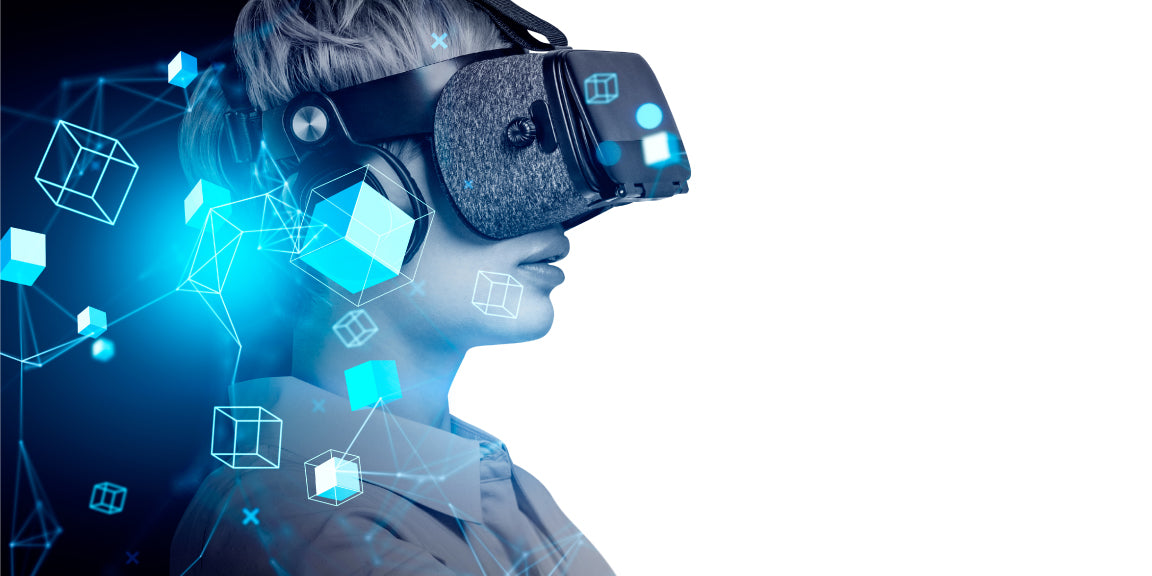Virtual Reality (VR) and Augmented Reality (AR) are two transformative technologies that have gained significant traction in recent years. While they differ in their approaches—VR immerses users in entirely digital environments, and AR overlays digital information onto the real world—both have opened up a wide array of applications across various industries, with promising prospects for the future.
Current Applications
Entertainment and Gaming
The entertainment industry was one of the earliest adopters of VR and AR. In gaming, VR headsets like the Oculus Rift and PlayStation VR provide fully immersive experiences, allowing players to explore virtual worlds as if they were physically present. AR has also made a significant impact, with games like Pokémon GO blending digital elements with real-world environments, creating a new genre of interactive gameplay.
Education and Training
VR and AR are revolutionizing education by making learning more interactive and immersive. In classrooms, VR can transport students to historical sites or inside the human body for a 3D tour, while AR can overlay additional information onto textbooks and classroom objects, enhancing understanding. In professional training, VR simulations are used to provide hands-on experience in a controlled environment, such as in medical training where surgeons can practice complex procedures without any risk to patients.
Healthcare
In healthcare, VR and AR are being used for everything from surgical training to therapy. VR can help in the treatment of phobias and PTSD by allowing patients to confront and manage their fears in a controlled virtual environment. AR is increasingly used in surgery, where it can overlay vital information directly onto a surgeon’s view, aiding precision and reducing the risk of errors.
Retail and Marketing
Retailers are leveraging AR to enhance the shopping experience. Apps like IKEA Place allow users to visualize how furniture would look in their home before making a purchase. In marketing, AR is used in interactive ads that engage customers by allowing them to experience products in a virtual setting.
Real Estate and Architecture
In real estate, VR allows potential buyers to take virtual tours of properties without having to be physically present, saving time and resources. Architects and designers use VR and AR to create virtual models of buildings, enabling clients to experience and modify designs in 3D before construction begins.
Future Prospects
As VR and AR technologies continue to evolve, their applications are expected to expand even further, impacting more areas of daily life and work.
Workplace Collaboration
The future of remote work could be transformed by VR and AR. Virtual meetings could become more immersive, with participants feeling as if they are in the same room. AR could assist with remote troubleshooting and maintenance in technical fields, where experts can guide on-site personnel in real-time using AR overlays.
Healthcare Advances
Future advancements in VR and AR could enable more personalized and precise medical care. For instance, AR could provide real-time guidance to surgeons using data from a patient’s medical history and current vital signs, displayed directly on the patient’s body during surgery.
Social Interaction
Social platforms are likely to adopt VR and AR to create more immersive ways for people to connect. The concept of the “metaverse,” a fully immersive digital world where people can interact, work, and play, is gaining traction, with major tech companies investing heavily in its development.
Education and Lifelong Learning
The future of education could see a significant shift towards VR and AR, where students of all ages have access to immersive learning environments that adapt to their individual learning styles. Lifelong learning could become more accessible, with VR and AR providing platforms for continuous education and skill development.
Urban Planning and Smart Cities
As cities become smarter, AR could play a critical role in urban planning and management. Planners could use AR to visualize infrastructure projects in real-time, assessing their impact before construction begins. Citizens could use AR to interact with their environment, accessing information about their surroundings in real-time.
Conclusion
Virtual and Augmented Reality are no longer just futuristic concepts; they are actively shaping how we learn, work, shop, and play. While the current applications of these technologies are already impressive, the future holds even greater potential. As hardware becomes more affordable and software more sophisticated, VR and AR are likely to become integral parts of our daily lives, driving innovation and transforming industries in ways we have yet to imagine.

